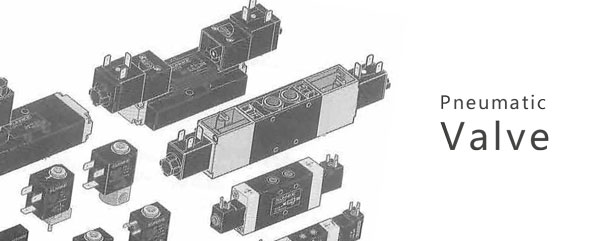Modern Pneumatic Valves
Pneumatic valves have gone through many transformations since they were first used with compressors over a century ago. Pneumatic valves that are over ten years old might be outdated when compared to the newest technology. Today, valves are faster, smaller, and more advanced than their predecessors. The latest versions offer opportunities and advantages that cannot be had with older models. When dealing with pneumatic control devices, like a pneumatic valve, there are three ways to adapt to modern valve technology.

- Choose intelligent but straightforward wiring solutions: constructing systems this way needs fewer components, which automatically reduces electrical loss while increasing energy efficiency. Lowering wires in collective wiring makes for a lower probability of error.
- Cloud-connected innovations can help: this technology is the future of connected cloud industries. Communication is specifically meant to be between PLCs and other communication systems.
- ISO valve standards: ISO stands for International Standards Organization, which helps to determine best practices and standards for many industrial industries. Make sure that your pneumatic tools meet the most current ISO standing. Pneumatic timers and pneumatic valves each have their own ISO ratings.
Make sure you are using pneumatic tools that will enhance your compressed air system. Broken and out of date tools and components can slow a system down and potentially even break it. For more information on finding and acquiring pneumatic control devices, give our talented team a call today.
Related Reading


- Ellis/Kuhnke Controls
132 Lewis Street Unit A-2, Eatontown, N.J. 07724
Phone: 1-800-221-0714
Fax: 732-291-8154
Email: Info@ekci.com
- Home Pneumatic Controls Technical Info CAD Drawings Contact Us Pneumatic Timers Blog Site Map
